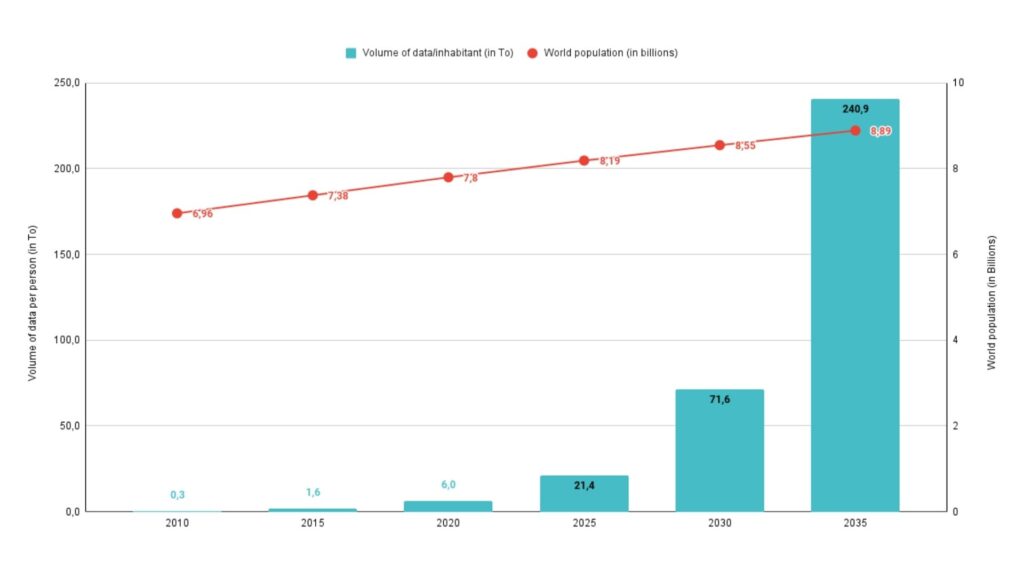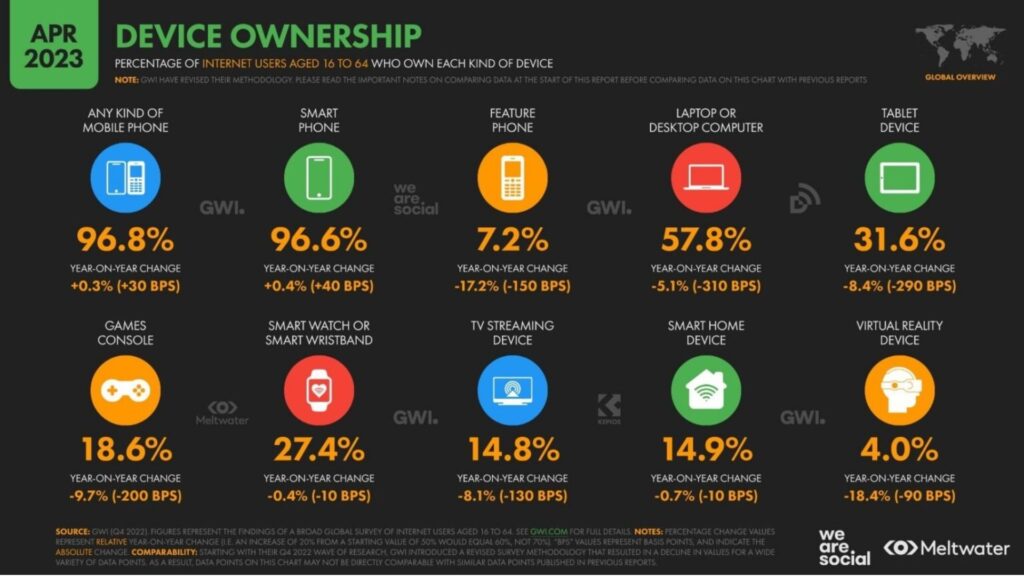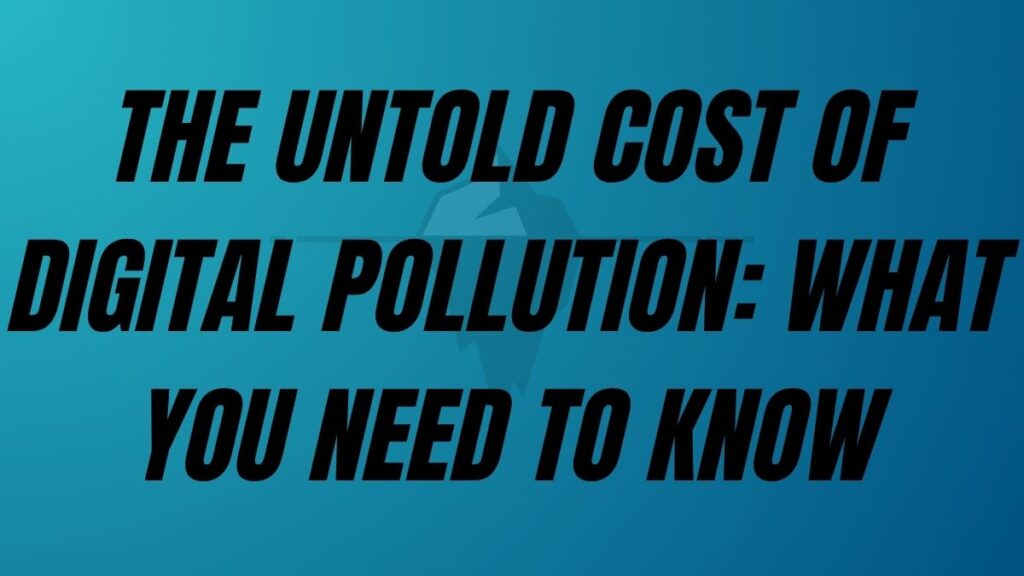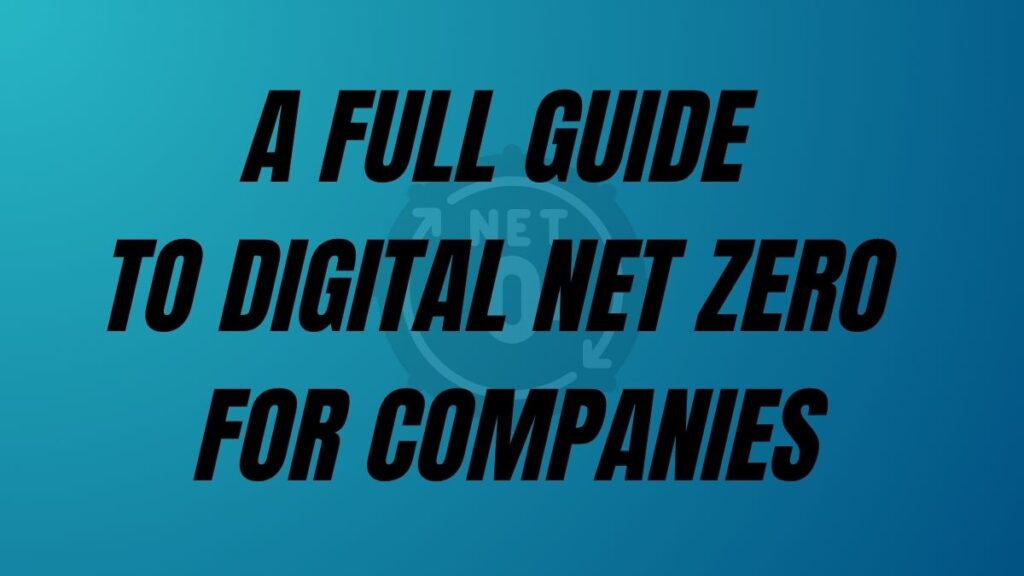Faced with exponential data consumption, the business world is confronted with a major challenge: infobesity. This explosion of data volumes is fueled by the digitalization of the economy. Companies need clear insight for fighting infobesity.
The rise of smartphones, remote work, and artificial intelligence, alsodemands a revision of our data storage and management practices.
After a detailed observation of the situation, we will analyze its main causes. We will then consider a solution broken down into several practical ideas with their consequences for the business for fighting infobesity.
Understanding the main challenges of information overload
Data consumption is set to triple every 5 years between 2015 and 2035. In the IT sector, there is a definite inflation in the amount of data stored on PCs or online. And why fighting infobesity is needed!
This blatant infobesity is the flip side of the digitisation of the economy, whatever the sector of activity; we have gone from an average of 0.3 TB / inhabitant in 2010 to 6 TB in 2020.

Obviously, this is not the amount of data that each of us stores and shares; it is an indicator of the growth of the overall volume. This is a global volume including the world of work.
Highlight the 9 impacts of the digitalization of the economy on the data consumption
The increase in data consumption observed globally in recent years is multifactorial. We can group the causes of infobesity into 9 major categories, both B2B and B2C.
1) Smartphones and mobile applications
The rise of smartphones combined with easy access to high-speed mobile internet has significantly contributed to the increase in data consumption. Mobile applications have become an integral part of our daily lives.
According to an IBM study, we create roughly 2.5 quintillion bytes of data, or 2.5 million terabytes, each day.

2) Greater internet penetration
As Internet access becomes more widespread around the world, more and more people are connecting, leading to an increase in data usage.

3) Streaming services
The popularity of streaming platforms such as Netflix, Amazon Prime, and others has contributed to the increase in data usage.
The number of paying subscribers to an SVOD service was 1.2 billion globally; it is estimated to be 1.6 billion in 2027.
4) Social networks and online games
Social media platforms, with their content-rich nature, also play a role in increasing data usage.
The data intensity of applications such as videos and social networks is constantly increasing, which in turn leads to an increase in hourly and ultimately monthly data consumption.
Facebook has more than 2.8 billion monthly active users, with an average user spending about 58 minutes per day on the platform.
Intensive use of images, videos, and live streaming on platforms like Instagram and TikTok leads to an increase in data usage. According to Statista, the average daily data consumption on social networks worldwide in 2021 is estimated at 1.45 GB.
5) Technological progress
The resolution of video has improved from standard definition (SD) to high definition (HD), 4K, and 8K. This shift, along with the growing consumption of live sports in HD, especially on mobile phones, increases data intensity. As a result, overall data consumption rises significantly.
4K and 8K technologies generate a number of consequences such as file size which itself impacts bandwidth problems (Impact of 8K Media File Sizes on Bandwidth | Signiant). For example, Ultra HD consumes up to 7 GB per hour. The last impact is on the side of broadcasters who are facing increased data storage problems.
6) The trend of remote work
The shift to remote work due to the COVID-19 pandemic has led to a significant increase in data consumption. People have been eavily relying on video conferencing and cloud-based services.
The impact of video calling services on data consumption is significant; these applications consume large amounts of data due to high-quality audio and video.
On average, one hour of video conferencing can consume about 1 GB of data per hour for a single user. Streaming an HD movie or other videos is comparable.
This increase in data consumption has led businesses and individuals to reevaluate their data plans to accommodate additional data needs.
The choice of video conferencing application can also impact data consumption, with some applications consuming more data than others.
Users must monitor their data usage carefully. Choosing the right data plans is essential for uninterrupted connectivity during video conferences.

7) Metaversization
The use of augmented reality (AR) and virtual reality (VR) impacts many aspects of life. Activities like watching videos, meeting people, attending concerts, and shopping all contribute to increased data consumption.
The impact of the Metaverse, Augmented Reality (AR), and Virtual Reality (VR) on data consumption is notable as these technologies require large amounts of data to operate effectively.
The Metaverse, a virtual world where users can interact with each other and with digital objects, relies on high-speed internet connections and data-hungry applications to provide an immersive experience.
Similarly, AR and VR technologies also consume substantial amounts of data; they require the transmission of high-quality visual and audio information to create realistic experiences.
With the use of these technologies becoming more widespread, it is expected that they will account for a significant portion of data traffic in the coming years.
This increase in data consumption will put additional pressure on data centers and network infrastructure, requiring significant investments in technology and infrastructure to support the growing demand (Megabytes and Metaverse: How Virtual Reality Environments Will Impact Data Centres | LinkedIn).
Despite the challenges, the positive impact of immersive technologies, such as AR and VR, is already evident, with students and professionals using these tools to enhance their learning and work experiences.
As the Metaverse and associated technologies continue to evolve, it is likely that data consumption will continue to grow, requiring ongoing investments in data infrastructure and connectivity solutions.
8) Growing demand from the B2B sector
The data center market has seen continuous growth due to the increasing demand from businesses, fueled by factors such as the pandemic. It has accelerated the need for digital infrastructure and cloud services.
Cloud computing allows businesses to access a set of resources, including servers, storage, and networks, on demand and autonomously.
This elastic infrastructure enables businesses to increase or decrease their resource usage based on their needs, which can lead to cost savings and increased efficiency.
Digital infrastructure and cloud services also have a direct impact on energy use and emissions. Data centers and data transmission networks consume energy and contribute to greenhouse gas emissions.
However, technological advancements and energy efficiency measures can reduce the environmental impact of digital infrastructure.
The digital transformation of cloud infrastructure has also impacted capital markets. By using shared data center resources, capital market businesses can reduce their hardware and connectivity expenses, leading to cost savings and increased flexibility.
In summary, digital infrastructure and cloud services have significantly impacted data consumption by providing cost-effective, scalable, and flexible solutions for businesses. They have also influenced energy use and emissions, as well as the operations of capital markets.
9) Artificial Intelligence (AI)
AI algorithms analyze large amounts of data to personalize user experiences. This leads to more targeted and relevant content for each user.
Personalization increases user engagement and content consumption. People are more likely to engage with content tailored to their interests.
Additionally, AI-powered tools have transformed how content is generated and presented. This enhances the overall content consumption experience.
AI can automate content creation processes, such as writing articles or generating images. This automation saves time and resources for content creators.
As a result, the volume of available content increases, which may lead to higher data consumption.
In summary, AI’s impact on content generation significantly affects data consumption. It enhances personalized experiences, revolutionizes content creation, and boosts user engagement. This ultimately increases the volume of available content and overall data consumption.

Given the numerous information sources, we all face content saturation. Fighting infobesity becomes mandatory for all of us, at home as well as at work.
Only a change in behavior, boosted by technology, can induce a new data governance
Install a data culture for fighting data overload
Establishing a new mindset within an organization is challenging for leaders. This task can be compared to adopting a new diet within a family.
Each family member must understand the benefits and rules of a healthy diet for it to be effective. Similarly, each collaborator must grasp the importance of data for successful governance and start fighting infobesity.
For instance, discovering a child’s gluten intolerance requires restrictive dietary changes. The aim is to explain the changes and induce new habits.
Special attention is paid to the treats and benefits expected from these new habits. This approach helps family members adapt to the new diet.
Likewise, leaders must explain the importance of data governance and its benefits to collaborators. This helps them understand and adopt the new mindset.
Raise awareness of infobesity fighting
Let’s start with a clear definition of infobesity, comparing it to a poorly managed “information diet” that can lead to “data indigestion.” This sounds a bit Quebec-ish, but the term is particularly explicit.
Infobesity has impacts on productivity, decision-making, and the well-being of collaborators, using concrete examples to illustrate these effects.
According to the Association Information et Management cited by Konica Minolta,an employee spends an average of 7.5 hours per week searching for information, paper or digital, without finding it.
A McKinsey study shows that businesses could improve their productivity by 20 to 25%.

Excessive data conservation, file duplication, and inefficient email communication are among the most commonly admitted reasons. The lack of data sharing can also be a source of data overload. There is always space for fighting infobesity.
It is necessary to limit the amount of documents accumulated in storage spaces and to establish regular curation of assets or emails.
Digital hygiene practices, such as implementing email management policies, regularly cleaning data, and using centralized storage systems to avoid duplications, must be put in place.
Measure the financial impact of the growth in data usage
The king argument is ROI (I am indeed talking about Return On Investment). Indeed, in the face of fighting infobesity, the answer is not solely hardware, even though hosts are increasingly developing green servers, their business model relies on a significant increase in the machine park; the sky is not the limit.
In the absence of spontaneous ecological awareness, it is interesting to discuss the financial impact of the indiscriminate increase in digital storage needs, knowing that this implies a correlated increase in the need for physical servers.
However, these servers need electricity to operate and to be cooled. Since 2021, there has been a very significant increase in electricity costs that impact server farms: the French leader in data centers, Data4, indicates that the megawatt-hour cost €50 in 2021, €200 in 2022, and €500 in 2023, a tenfold increase in less than 2 years.
The need to calculate a digital ROI is more pressing than ever.
Measure the success of fighting infobesity
To accompany behavioral changes, it is possible to implement data governance tools such as data governance solutions, enterprise information management (EIM) systems, and online collaboration tools that reduce dependence on emails.
Artificial Intelligence can also contribute to automating data classification, detecting duplicates, and intelligently archiving information.
Technology is a means to an end, not an end in itself. To date, there is no magic solution that will effortlessly reduce digital pollution.
Defining KPIs or key performance indicators may seem daunting at first glance, but it turns out to be an excellent way to evaluate the effectiveness of strategies implemented against infobesity, such as reducing the volume of data stored, improving data quality, and reducing the time spent managing emails.
Monitoring these KPIs can be a CSR or HR tool to encourage collaborators to adopt these new practices, based on the nudge effect that encourages without constraining. Experience feedback can also be encouraged within the organization to create a continuous culture of data management improvement.
Finally, there are also CO2e savings counters like Easygreen: with each use, both the sender and the recipients are notified of the CO2e savings achieved by sharing documents.

In Conclusion
To effectively combat digital waste and fight infobesity, it is essential to adopt a proactive and collective approach. It is not only a challenge for organizations but also an opportunity to improve efficiency, collaboration, and decision-making within the team, in summary, a true corporate project.
Sources:
- Le vrai coût énergétique du numérique – Interstices
- GreenTouch
- Data center : quelle consommation d’énergie ? | Hellio
- Quelle est l’empreinte carbone d’un data center ?
- Etude de cas “Serveurs de calcul et consommation d’énergie” – [Groupe de Travail EcoInfo]
- La crise énergétique met les opérateurs de datacenters sous pression, L’Usine Nouvelle
- Worldwide Spending on AI-Centric Systems Forecast to Reach $154 Billion in 2023, According to IDC
- How will AI impact the data center industry? – DCD
FAQs
What is infobesity?
Infobesity, or information overload, refers to the overwhelming exposure to excessive information, which can hinder decision-making and reduce productivity.
How does infobesity affect daily life?
It leads to stress, difficulty concentrating, and impaired decision-making due to the constant influx of data from digital sources.
How can technology assist in managing infobesity?
Utilising digital tools and platforms can help filter, prioritise, and organise information, making it more manageable.
To find out more about Digital Carbon Footprint




> Discover the other blog pages
☘️ How To Find The Overlap Between Sustainability And Marketing
💪 Overcoming B2B SaaS Challenges: Customer, GTM & Marketing
📈 How Mastering SEO Can Lead To Sustainable Growth In B2B Saa

